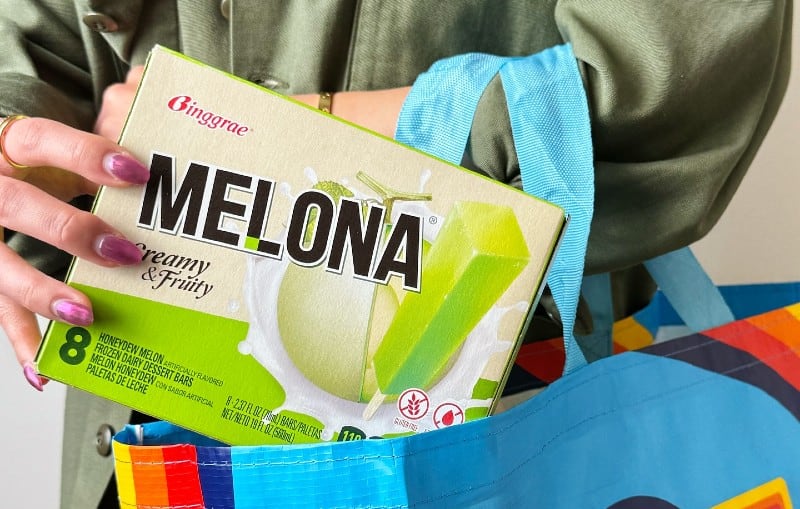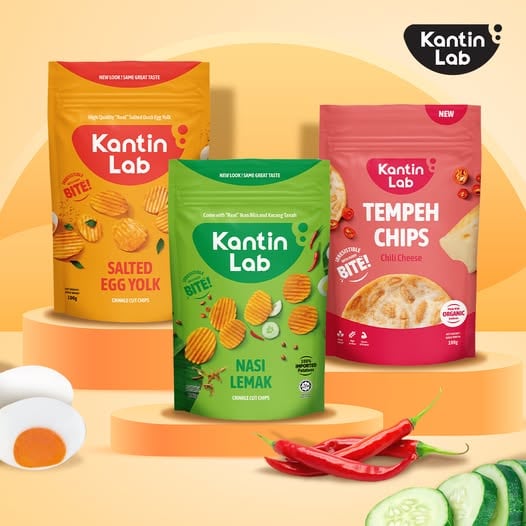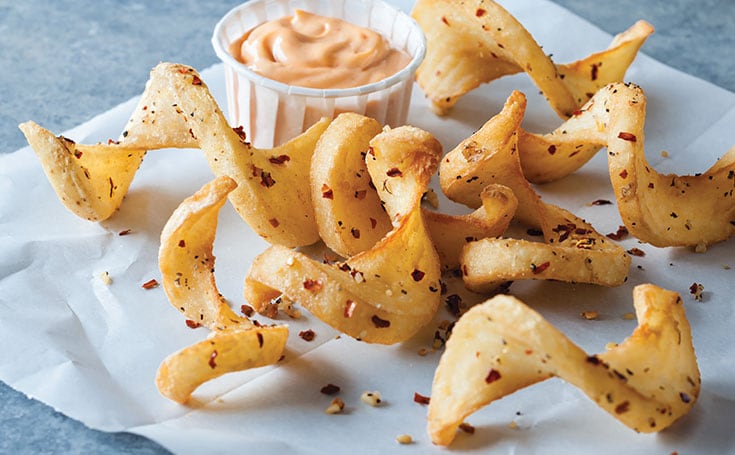The East Asian nation’s Ministry of Agriculture, Food and Rural Affairs (MAFRA) recently published its biannual report detailing K-Food (Korean agrifood products) exports in the past six months.
“Exports of agri-food products (K-Food) reached a record high of US$5.16bn, up by 8.4% from the same period a year ago – The top export market was North America at US$1.03bn in value, which also showed a 24.3% growth year-on-year,” MAFRA Minister Song Miryung said.
“This was followed by exports to Europe (incorporating both the EU and UK) at US$421.8m (up 23.9% year-on-year); the Gulf Cooperation Council (GCC) at US$182.6m (up 17.8% year-on-year); and the Commonwealth of Independent States (CIS) along with Mongolia at US$243.1mn (up 9% year-on-year).”
Processed foods continued to take the lead in K-Food exports, with ramyeon unsurprisingly also continuing to be the most-exported item valued at US$731.7m, showing 24% growth year-on-year.
The big surprise riser to the top of the list has however been ice creams, which emerged as the second fastest-growing food export this year at 23.1% growth year-on-year.
There is also a lot more potential for ice cream exports to grow considering its current export value at US$65.5m compared to traditional big export categories such as ramyeon (US$731.7m) and condiments (US$228.4m), with the latter falling far behind ice cream in terms of growth at just 18.4% year-on-year.
“The largest exports of ice cream were made to the United States where sales of ice cream increased in big-box stores, bringing the export value up to US$24.9m, up by 22.8% year-on-year,” she added.
“As for markets such as Canada, the winning export was vegan ice cream as a replacement for regular ice cream, which drove up sales greatly. Ice cream exports to Canada grew an astounding 84.9% year-on-year, hitting US$4.8m in value.”
One of the most popular and well-known South Korean ice cream brands is Melona, produced by confectionery giant Binggrae. Melona is best-known for its honeydew melon flavoured ice cream bars, but has also expanded to other flavours such as strawberry, mango and blueberry.
The popularity of Melona in Canada reached such heights that a shipment delay last year saw thousands of consumers lamenting the disappearance of Melona bars in the country.
Melona also launched a dairy-free range made using oat milk in Canada, making up a significant portion of the vegan ice cream exports to the country.
Other major South Korean exports
Ramyeon continued to dominate exports due to a growing trend for spicy flavours, and MAFRA believes that this is going to continue.
“In addition to many new products such as spicy cream ramyeon entering the market, the export rise is also attributable to the establishment of food distribution systems via locally-based Korean subsidiaries and local big-box stores in major markets like the U.S. and China,” Song added.
“Spiciness has driven ramyeon sales as well as the popularity of Korean condiments such as gochujang (red chili paste), ssamjang (fermented soybean paste), hot sauces, bulgogi sauces and so on.”
Top markets for South Korean condiment exports were the United States (US$50.8m), Japan (US$39.7m) and China (US$30.6m), and among the three Japan showed the most significant growth of 128.5% year-on-year.
Future prospective export stars
Driven by these positive numbers, MAFRA is ploughing ahead towards its K2025 -Food Plus (K-Food and other agro-industry items e.g. machinery) exports target of US$14bn. At present, the total cumulative value of exports of K-Food Plus for the H1FY2025 is estimated at around US$6.67bn.
To do this, the firm is looking to identify more ‘star exports’ that can replicate the success of ramyeon, Korean ginseng and condiments.
“Singapore is a premium market in South East Asia and we are promoting traditional Korean alcoholic beverages to local influencers here,” Song added.
“These have high potential for growth in exports, and we are promoting these alongside Korean cuisine [which is very popular locally].”
Other potential items are Korean melons or ‘chamoe’ exports to Vietnam, the first batch of which reached Vietnam this year after an agreement over quarantine negotiations was reached in 2024; and poultry exports to Europe.
“By taking advantage of the solid export growth of K-Food Plus in the first half of the year, we will make the utmost effort to ensure that the exports of K-Food Plus will reach the target of US$14bn by the end of 2025,” Song stated.




